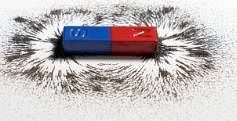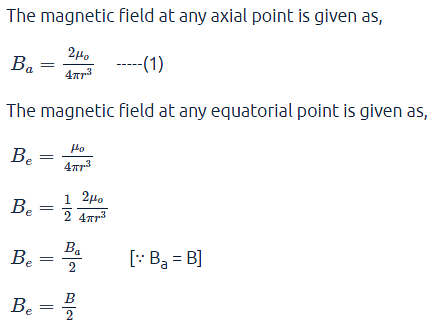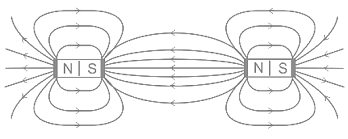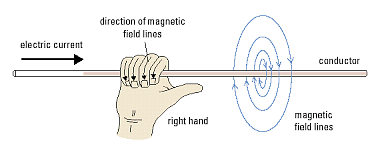Test: Magnetism and Matter - 3 - CUET Humanities MCQ
20 Questions MCQ Test - Test: Magnetism and Matter - 3
A small piece of a material is repelled by a strong magnet. The material is
| 1 Crore+ students have signed up on EduRev. Have you? Download the App |
If a bar magnet of pole strength q and magnetic moment m is divided into two equal pieces by cutting it perpendicular to its length, then
When a ferromagnetic substance is heated to a temperature above its Curie temperature, it
A magnetic bar of M magnetic moment is placed in the field of magnetic of strength B, the torque acting on it is:
A magnetic dipole moment is a vector quantity directed from:
The magnetic field strength due to a short bar magnet directed along its axial line at a distance r is B. What is its value at the same distance along the equatorial line?
Which of the following has highest magnetic susceptibility?
Which of the following shows that the earth behaves as a magnet?
Which of the following has a low value in ferrites?
A current carrying power line carries current from west to east. What will be direction of magnetic field 1 metre above it?
The neutral point in the magnetic field of a horizontally placed bar magnet is a point where the magnetic field due to that bar magnet is



 .
.

















